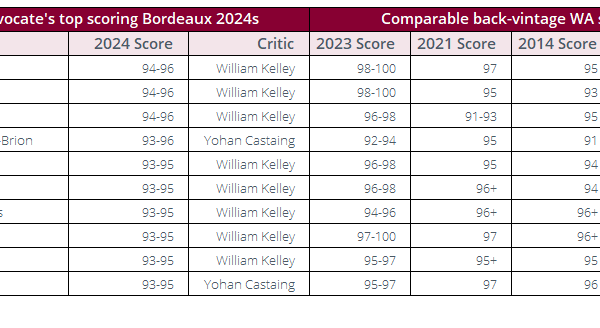Bordeaux’s market share, which has been steadily falling since 2010, dropped from 59% in 2018 to 55% this year. It reached an all-time monthly low in August, when the region accounted for 45% of the total trade by value.
Burgundy hit a record monthly high of 24% the same month. It’s 2019 average share of trade currently stands at 19%, up from 15% in 2018. Italy and Champagne also saw increased activity, taking up 9% each of the total trade by value.
Since the US tariffs were announced on the 2nd of October, the shift in regional activity has become even more evident. Italy and Champagne have benefited, accounting for 11% each. The Rest of the World’s share, led by gains for California’s premium wines, has risen from a 5% share (YTD) to a November figure of 9%.
Regional market shares on Liv-ex from 2010 to 2019 (YTD)
Over 7,000 different wines traded through the secondary market in 2019, compared to 5,700 in the previous year. Since 2015, the number of brands trading alone has increased by 115%. Wines traded this year have come from Germany, Switzerland, China, England and Hungary – not regions commonly associated with a vibrant secondary market.
You can download the full summary of the year 2019 in the fine wine market here.
Number of unique wines traded (LWIN11)* on Liv-ex reaches new high
* LWIN – the Liv-ex Wine identification Number – is a unique seven-digit code that corresponds to wine names. It helps to improve the accuracy of databases by simplifying and standardising wine names into a language that is easily understood by computers. Each seven-digit LWIN (LWIN7) refers to the wine itself (i.e. the producer and brand, grape or vineyard). Additional information, such as the vintage, pack and bottle size can also be appended to the LWIN. In this instance, LWIN11 refers to the wine plus its vintage. For more information, click here.





